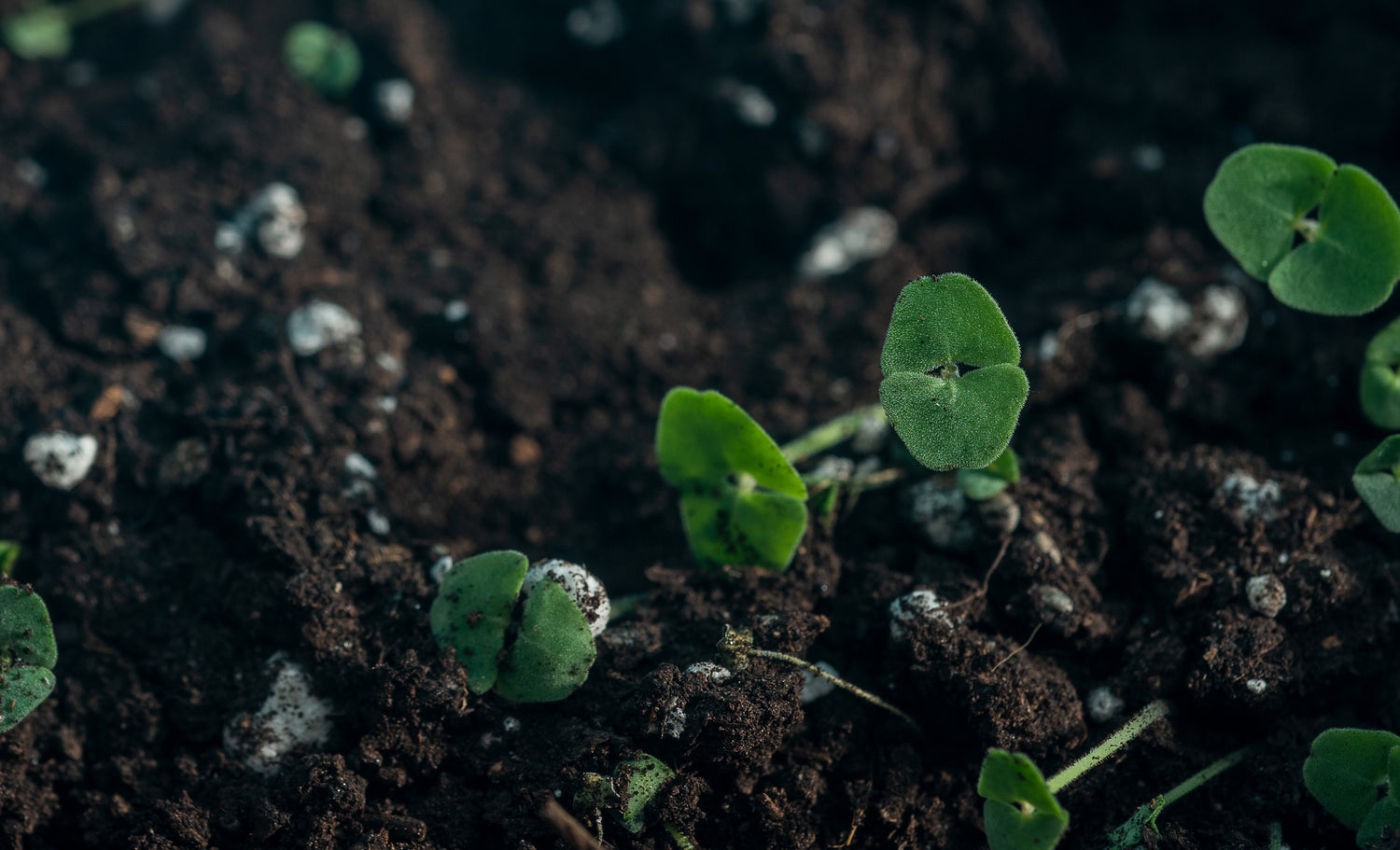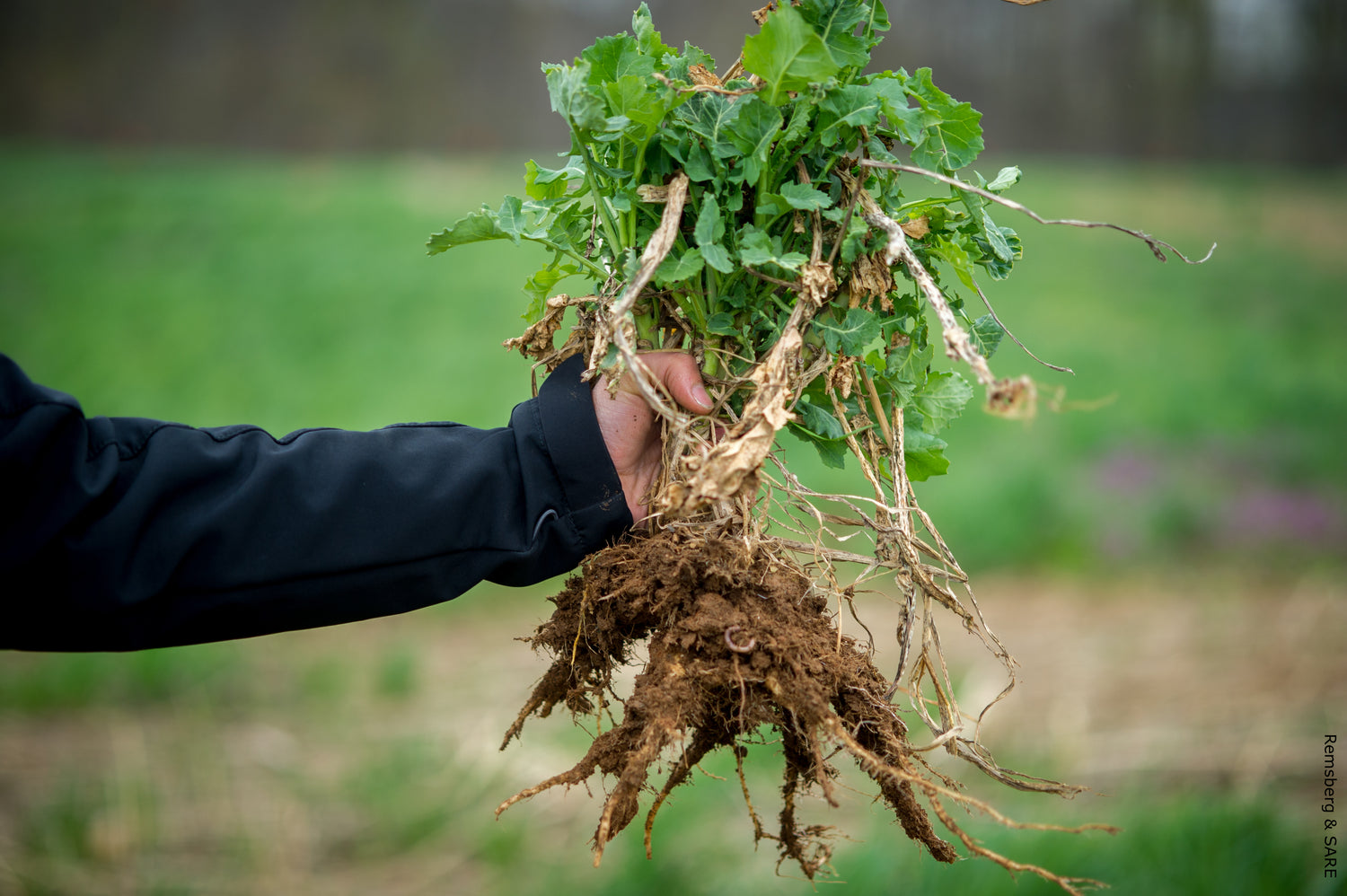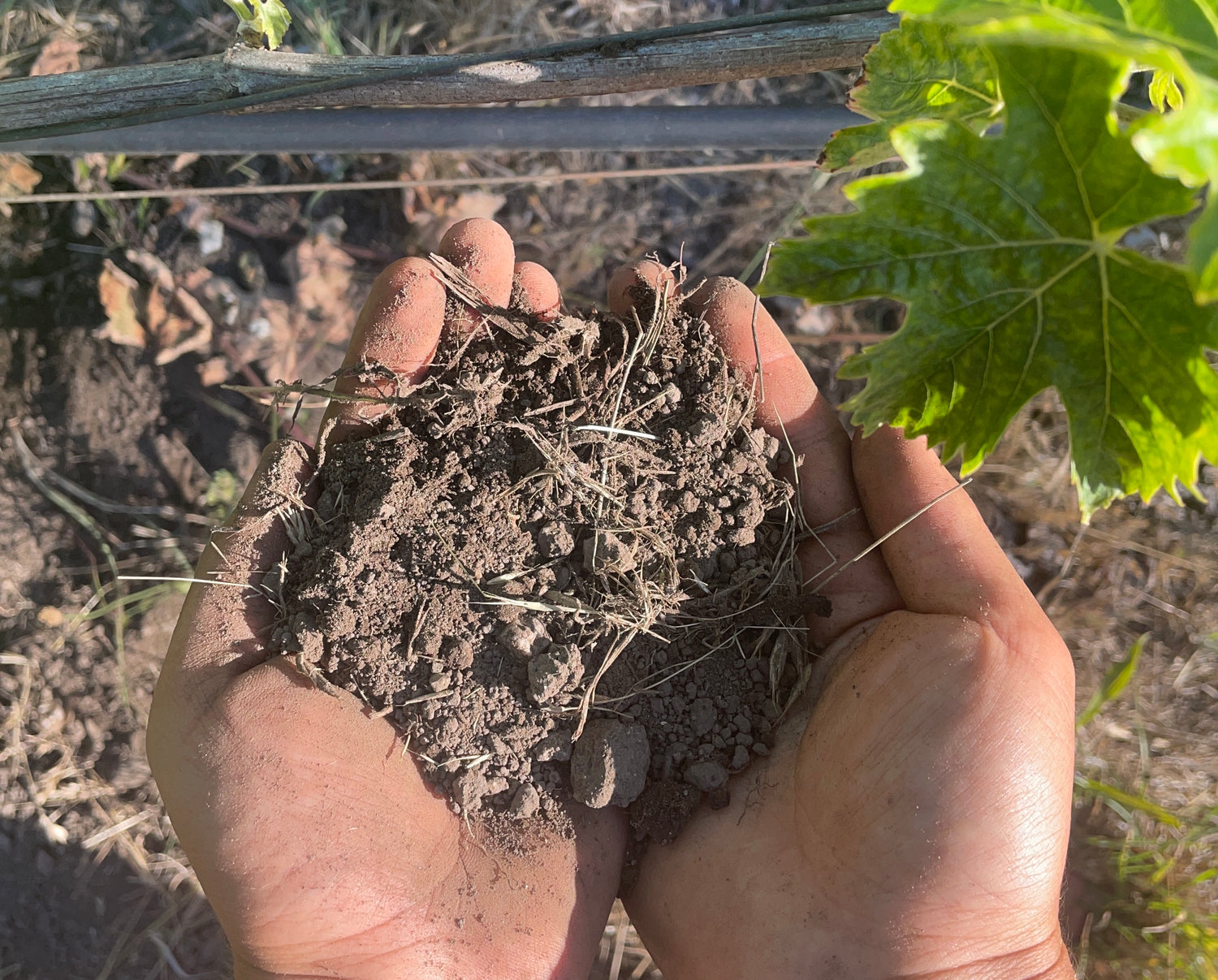Soil health is vital for safe gardening, farming, and property management. Heavy metals like lead, cadmium, and arsenic can contaminate soil, posing risks to human health, plant growth, and the environment.
Heavy metals are naturally occurring elements that can accumulate in soil from natural processes and human activities, such as industrial operations, pesticide application, and urban runoff. These contaminants can harm plants, animals, and humans through ingestion, inhalation, or skin contact. The U.S. Environmental Protection Agency (EPA) notes that prolonged exposure to heavy metals may lead to health issues like neurological damage, kidney dysfunction, and increased cancer risk.
Testing your soil identifies the presence and concentration of these metals, enabling informed decisions about remediation, crop selection, or land use. For example, high lead levels may require soil amendments or restricted land use to prevent exposure. Regular soil testing ensures you maintain a safe and productive environment, whether you’re managing a home garden, farm, or commercial property.
Reliable Laboratory Analysis for Accurate Results
Choosing a reputable laboratory is critical for accurate soil testing. Alluvial Soil Lab uses advanced techniques like inductively coupled plasma mass spectrometry (ICP-MS) to detect trace amounts of metals with high sensitivity. This method provides a detailed report on metal concentrations, helping you address contamination effectively. The EPA’s guidelines on lead testing highlight the importance of precise analysis to avoid inaccurate readings, which can lead to unnecessary remediation efforts.
For instance, the EPA sets a screening level of 400 parts per million (ppm) for lead in residential soils. Our reports clearly indicate whether your soil exceeds safe thresholds, empowering you to take appropriate action. A study in the Journal of Environmental Quality confirms that ICP-MS is highly effective for detecting low-level metal contamination in soils, ensuring reliable results for environmental management (Alloway, 2013).
Comprehensive Resources and Insights
Beyond accurate testing, Alluvial Soil Lab provides resources and insights to help you interpret your results effectively. We offer access to EPA guidelines, scientific studies, and practical recommendations to enhance your understanding of soil metal levels. The Agency for Toxic Substances and Disease Registry (ATSDR) provides detailed information on the health effects of heavy metals, helping you assess risks associated with your soil test results.
Our team also offers guidance on remediation strategies, such as adding organic matter to bind metals or using phytoremediation plants like sunflowers to extract contaminants. A study in Environmental Science & Technology demonstrates that phytoremediation can significantly reduce lead and cadmium levels in contaminated soils (Vangronsveld et al., 2009). These resources empower you to take proactive measures for a safe and thriving environment.
Fast, Free Shipping for Convenience
Convenience is a priority at Alluvial Soil Lab. We offer fast, free shipping for our soil testing kits, allowing you to collect samples and receive your heavy metals report without leaving home. The process is simple: order your kit, collect soil samples following our clear instructions, and mail them back using the prepaid shipping label. Results are typically available within two weeks, providing quick insights into your soil’s safety.
This efficient process ensures you can act swiftly to address any contamination, protecting your health and the environment. Our kits are designed for ease of use, making soil testing accessible for homeowners, gardeners, and farmers alike.
Common Heavy Metals Found in Soil
Understanding the types of heavy metals that may contaminate your soil is essential for effective testing and management. Below are eight common heavy metals, their sources, and potential impacts, based on data from authoritative sources:
-
Lead (Pb): Often found in urban and industrial areas, lead contamination stems from lead-based paints, old plumbing, and industrial activities. The EPA notes that lead levels above 400 ppm in residential soils pose health risks, particularly to children, causing developmental delays and neurological issues.
-
Cadmium (Cd): Associated with industrial activities, cadmium enters soil through phosphate fertilizers and waste. The World Health Organization (WHO) links cadmium exposure to kidney damage and bone disorders (WHO, 2019).
-
Arsenic (As): Naturally occurring in some soils, arsenic levels can increase due to mining and pesticide use. The ATSDR reports that arsenic is a known carcinogen, linked to skin and lung cancer (ATSDR, 2020).
-
Mercury (Hg): Released through industrial processes and coal combustion, mercury accumulates in soil and water. The EPA highlights that mercury exposure can impair neurological function, particularly in developing fetuses (EPA, 2021).
-
Copper (Cu): Essential in small amounts, excess copper from fungicides and industrial discharges can contaminate soil. High copper levels harm soil microbes, according to a study in Soil Biology and Biochemistry (Wightwick et al., 2008).
-
Nickel (Ni): Naturally present in soils, nickel concentrations rise in areas with metal refining. The WHO notes that nickel may cause skin allergies and respiratory issues (WHO, 2020).
-
Zinc (Zn): Essential for plants, zinc can become a contaminant through fertilizers and industrial discharges. Excessive zinc disrupts soil ecosystems, as outlined by the Journal of Environmental Management (Bolan et al., 2014).
-
Chromium (Cr): Naturally occurring, chromium levels can increase due to metal plating and tanning. The EPA identifies hexavalent chromium as a carcinogen (EPA, 2020).
How to Address Heavy Metal Contamination
If your soil test reveals elevated metal levels, several strategies can mitigate risks. The EPA recommends soil amendments like compost or biochar to reduce metal bioavailability. Phytoremediation is another effective approach, as supported by research in Chemosphere (Mahar et al., 2016). In severe cases, soil removal may be necessary, particularly for lead-contaminated urban soils.
Alluvial Soil Lab provides tailored recommendations based on your results, helping you choose the best course of action. For example, growing non-edible crops in contaminated areas can minimize health risks while improving soil quality over time.
The Importance of Regular Soil Testing
Soil testing is an ongoing process. Land use changes, nearby industrial activities, or natural processes can alter soil composition. The USDA Natural Resources Conservation Service recommends testing every 2–3 years to monitor changes and ensure safety (USDA NRCS, 2020). Regular testing with Alluvial Soil Lab helps you stay ahead of potential contamination, protecting your health and property value.
Conclusion
Testing for heavy metals is essential for a healthy and safe environment. Alluvial Soil Lab offers reliable soil testing with comprehensive resources and fast, free shipping. Contact us at info@alluvialsoillab.com or (831) 216-1367 to explore our soil testing services and start protecting your property today.
Sources
- Alloway, B. J. (2013). Heavy metal contamination of soils: Sources, indicators, and assessment. Journal of Environmental Quality, 42(2), 314–323. https://doi.org/10.2134/jeq2012.0314
- Vangronsveld, J., et al. (2009). Phytoremediation of contaminated soils and groundwater: Lessons from the field. Environmental Science & Technology, 43(20), 7651–7656. https://doi.org/10.1021/es803963m
- Wightwick, A. M., et al. (2008). Effects of copper fungicide residues on soil microbial communities. Soil Biology and Biochemistry, 40(10), 2459–2468. https://doi.org/10.1016/j.soilbio.2008.07.013
- Bolan, N., et al. (2014). Remediation of heavy metal(loid)s contaminated soils: Recent advances. Journal of Environmental Management, 136, 103–114. https://doi.org/10.1016/j.jenvman.2013.11.018
- Mahar, A., et al. (2016). Challenges and opportunities in the phytoremediation of heavy metals contaminated soils. Chemosphere, 152, 94–103. https://doi.org/10.1016/j.chemosphere.2016.01.112
- EPA. (2020). Soil Contamination. https://www.epa.gov/superfund/soil-contamination
- EPA. (2021). Lead Testing. https://www.epa.gov/lead/lead-soil-testing
- ATSDR. (2020). Toxicological Profile for Arsenic. https://www.atsdr.cdc.gov/toxprofiles/tp2.pdf
- WHO. (2019). Cadmium. https://www.who.int/news-room/fact-sheets/detail/cadmium
- USDA NRCS. (2020). Soil Health Assessment. https://www.nrcs.usda.gov/wps/portal/nrcs/detail/soils/health/assessment/












